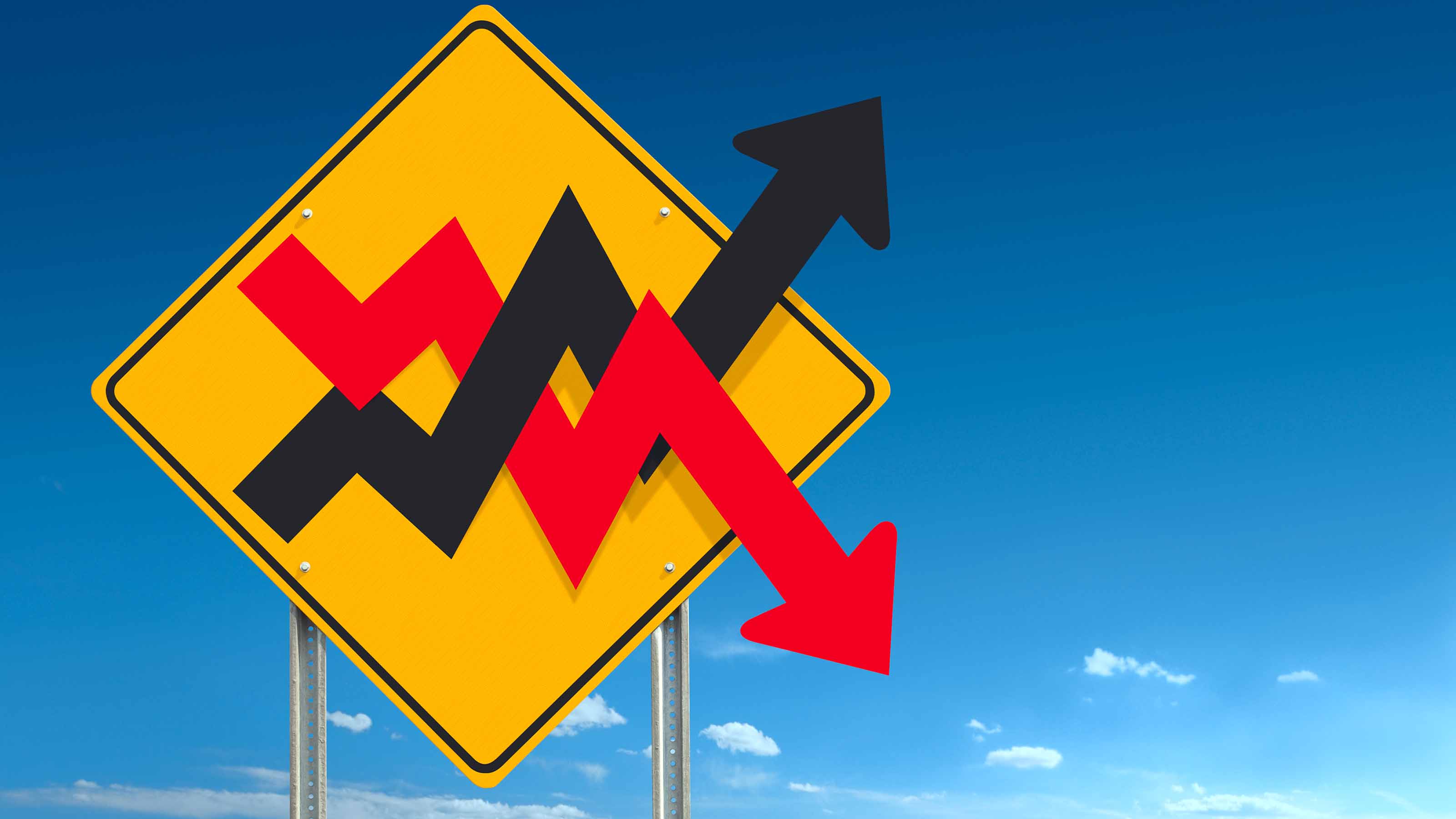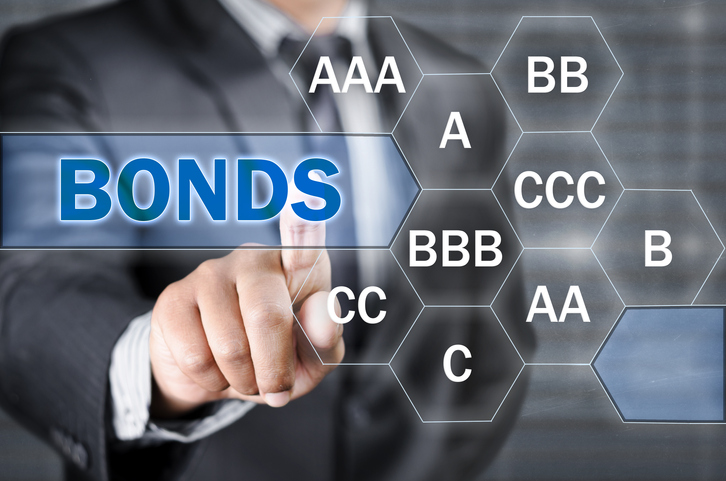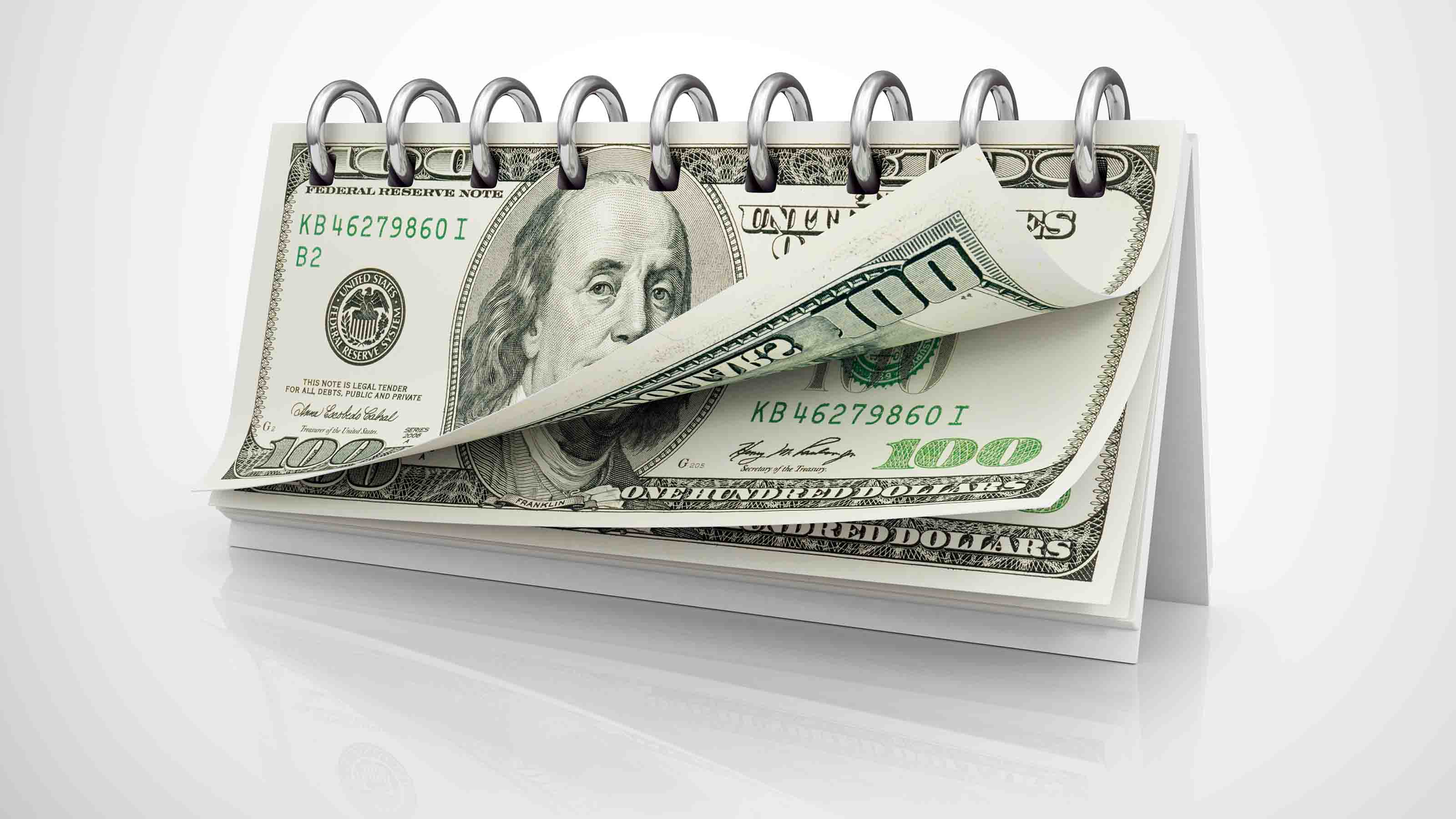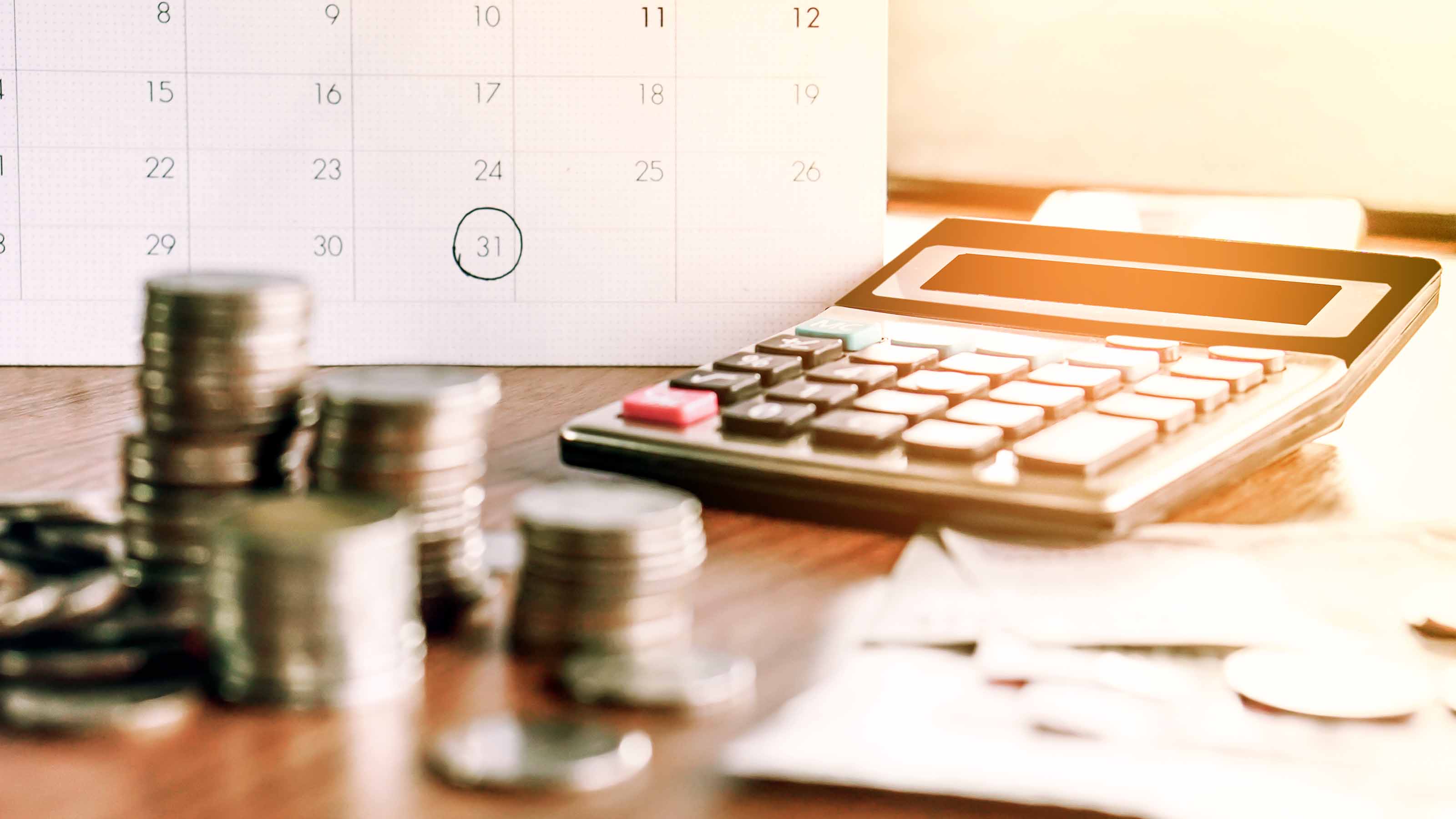What the U.S. Debt Downgrade Means to Bond Investors
Our advice for managing your income investments: hold Treasuries, buy investment-grade corporate and municipal bonds.

Standard & Poor's downgrade of long-term Treasury debt to AA+ is an embarrassment to the United States and the latest challenge to our economy's reputation for resilience. However, bond investors shouldn't get into a tizzy over the rating agency's move. Putting aside the extraordinary jump in Treasury bond prices on August 8 (and the concurrent drop in yields), a result of flight-to-quality buying by panicked investors, you shouldn't expect major moves in bond prices and yields in the coming weeks and months. S&P threw its weight around, but it did not consign Treasury bonds to the garbage pile or question the bedrock principle that the U.S. backs its bonds with the full faith and credit of our government.
The downgrade is not a warning that the U.S. Treasury won’t be able to pay its bills or that it will have trouble borrowing money. An AA+ rating shows a “very strong capacity to meet financial commitments,” while AAA is “extremely strong,” according to S&P. (Aa1 would be Moody’s equivalent if it were to follow in S&P’s footsteps; Fitch, the third major rater, uses a scale similar to S&P’s.) More to the point, the Treasury, in partnership with the Federal Reserve, can create dollars or borrow from the rest of the world in U.S. currency. Swiss, German and Canadian bonds are having a wonderful run, but there aren’t enough of these or any other triple-A-rated income alternatives to soak up all the money in search of safe, liquid income investments.
The rating cut comes at a time when Treasury bonds aren’t especially appealing to individual investors. Savers have been disenchanted with Treasuries since the end of the 2008-09 financial crisis because of persistently low yields. They are joined by financial planners and advisers, who still consider Treasuries, even with an AA+ rating, to be the globe’s best repository for reserves of governments, banks and insurance companies, but a poor place for you and me to find income.

Sign up for Kiplinger’s Free E-Newsletters
Profit and prosper with the best of expert advice on investing, taxes, retirement, personal finance and more - straight to your e-mail.
Profit and prosper with the best of expert advice - straight to your e-mail.
Bonnie Baha, co-director of credit research for the DoubleLine mutual funds, decided weeks ago that a downgrade of the Treasury’s rating was coming and deserved. But that doesn’t mean she thinks Treasury yields will rise high enough, or even at all, to make government bonds competitive income investments, especially with the threat of a new recession looming. Baha thinks current, though depressed, T-bond yields already reflect the government’s diminished credit standing.
My advice: If you own scattered Treasuries or built a ladder of government bonds years earlier, don’t sell any of them. Just do not buy new Treasury bonds as older ones mature. That’s not because of the credit downgrade. It’s because you can get paid more elsewhere.
Treasuries are still suitable for part of an emergency reserve that assigns a higher priority to safety than to yield, says Connie Stone, of Stepping Stone Financial, in Chagrin Falls, Ohio. But for serious income, advisers nowadays prefer corporate and municipal debt. In both categories, it’s best to concentrate on investment-grade quality bonds, which means those rated BBB or better. Junk bonds got hammered far worse than investment-grade bonds on August 8, the first trading day after S&P announced its downgrade, and will continue to perform poorly if the economy falls back into recession. For instance, SPDR Barclays Capital High Yield (symbol JNK), an exchange-traded fund that tracks an index of junk bonds, sank 4.3% that day.
For those investing in tax-deferred accounts, Stone recommends funds that invest mainly in high-grade bonds. Dodge & Cox Income (DODIX) and Harbor Bond (HABDX), both members of the Kiplinger 25, fit the bill. The former invests mainly in corporate bonds and yields 4.4%; the latter is a clone of Pimco Total Return (PTTRX), the world’s largest bond fund. For high-bracket folks investing in taxable accounts, she suggests municipal bonds backed by essential-service revenues, such as those from water and sewer services. You can find municipals maturing in ten years that are rated AA+ and paying 2.8% to 3.3%, tax-free. A 3.0% tax-free yield is the equivalent of a taxable 4.6% for an investor in the 35% federal tax bracket.
Get Kiplinger Today newsletter — free
Profit and prosper with the best of Kiplinger's advice on investing, taxes, retirement, personal finance and much more. Delivered daily. Enter your email in the box and click Sign Me Up.

-
 Should You Do A Roth IRA Conversion? Nine Things to Consider
Should You Do A Roth IRA Conversion? Nine Things to ConsiderThe Tax Letter Thinking of converting a traditional IRA to a Roth IRA? The Kiplinger Tax Letter Editor highlights nine factors you should consider before making a move.
By Joy Taylor
-
 33 Stocks That Could Rally 50% or More This Year
33 Stocks That Could Rally 50% or More This YearAnalysts say these S&P 500 stocks have at least 50% price upside over the next year or so.
By Dan Burrows
-
 Why Investors Needn't Worry About U.S. Credit Downgrade
Why Investors Needn't Worry About U.S. Credit DowngradeFitch Ratings The United States saw its credit rating downgraded for just the second time in history, but experts aren't worried about the long-term damage to stocks.
By Dan Burrows
-
 Income-Investing Picks for a Recession
Income-Investing Picks for a RecessionInvesting for Income Some consequences of an economic downturn work to the benefit of fixed-income investors. Here are three fund ideas that fit the bill.
By Jeffrey R. Kosnett
-
 Dogs of the Dow Are 2022's Best in Show
Dogs of the Dow Are 2022's Best in Showdividend stocks Some of the best investments for income investors in a volatile 2022 have come from the Dogs of the Dow.
By Jeffrey R. Kosnett
-
 Bond Values in a Volatile Market
Bond Values in a Volatile MarketInvesting for Income While the market's instability may not be over just yet, the latter half of the year should be less daunting – and possibly more rewarding – for investors.
By Jeffrey R. Kosnett
-
 Should You Buy Bonds Now? What To Consider
Should You Buy Bonds Now? What To Considerbonds The fixed-income market has been turned on its head in recent years, but there are still opportunities for those looking to buy bonds again.
By James K. Glassman
-
 Dividend Dates: A Beginner's Guide
Dividend Dates: A Beginner's Guidedividend stocks Everything you need to know about ex-dividend dates, dividend announcements and other parts of the dividend calendar.
By Charles Lewis Sizemore, CFA
-
 Income Investors Should Look Beyond the Ukraine Invasion
Income Investors Should Look Beyond the Ukraine Invasionstocks Unless you invested in a Russian-themed ETF or an emerging markets index fund, the destruction of Moscow's capital markets is a distraction for investors.
By Jeffrey R. Kosnett
-
 Consider Short-Term Bond Funds
Consider Short-Term Bond FundsInvesting for Income These funds own the kind of stuff that benefits from a healthy economy and can withstand the Fed's rate hikes.
By Jeffrey R. Kosnett